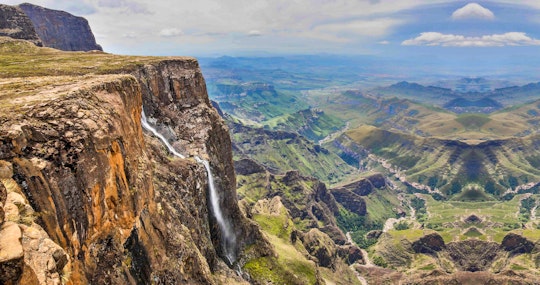With its immense diversity, cultural richness and natural splendour, it’s no wonder South Africa boasts so many UNESCO World Heritage Sites. Have you visited any of them and do you know why they’re so significant? Well, here’s TravelGround’s rundown of six of these sites – the ones that will have you out and about in nature – and why you should add them to your bucket list.
Cape Floral Region Protected Areas
Western Cape and parts of the Eastern Cape
Of the six floral kingdoms on earth, the Cape Floral Kingdom is by far the smallest. Even so, relatively speaking, it is also the most diverse! This is why UNESCO awarded this biologically abundant area World Heritage Status in 2004.
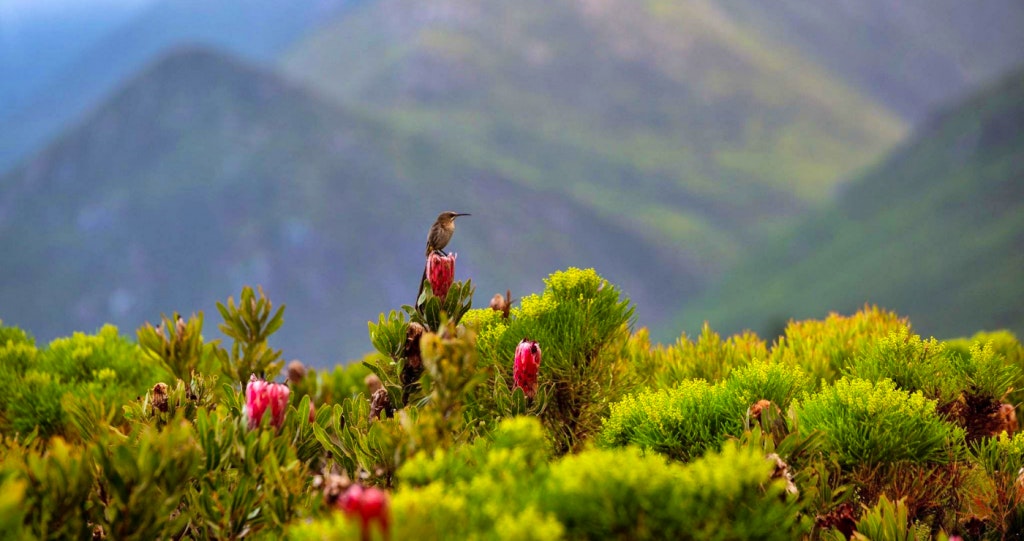
The Cape Floral Region stretches across Table Mountain, De Hoop Nature Reserve, the Boland Mountain Complex, the Groot Winterhoek, the Swartberg Mountains, Boosmansbos, the Cederberg Wilderness area, and the Baviaanskloof. The best way to experience the splendour of these areas and have that characteristic fynbos fragrance fill your lungs, is to go for a nature walk on the well-trodden hiking paths in the various nature reserves in the area.
Whether it be a cabin at the edge of a lake, a hut at the very top of Table Mountain, a farm stay amongst striking rock formations or pitching a tent in a cave, TravelGround has got various ways for you to stay as close to the natural gems of this region as possible.
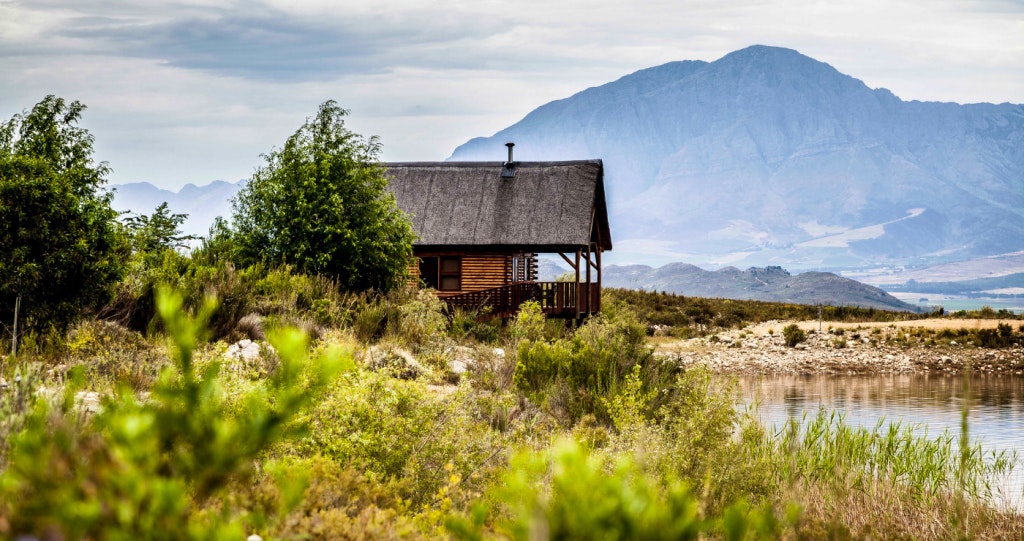
iSimangaliso Wetland Park
KwaZulu-Natal
iSimangaliso means ‘miracle’ or ‘something wondrous’ in Zulu. This park was South Africa’s first World Heritage Site, having been proclaimed such in 1999 when it was decided that its breathtaking array of interdependent fauna and flora must be protected.
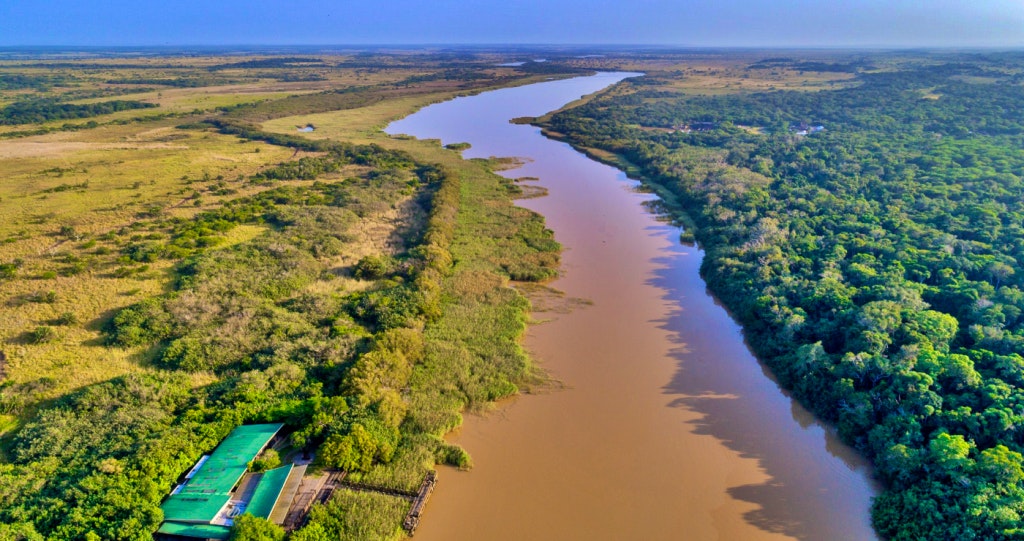
The park spans 332 000 hectares of lake systems and 190 kilometres of uncorrupted coastline, and has no less than eight interlinking ecosystems. iSimangaliso’s diversity means that visitors can expect a great variety of birds, view the Big Five, see a wealth of ocean life like the impressive whale shark and even view ancient coastal dunes – all at one heritage site! Two very popular activities in the region are the turtle tours which take place between November and March, and the estuary tours where you can spot crocodiles and hippos all year round.
When you make your way up to the North Coast to visit this amazing natural marvel, you’ll be spoilt for choice in a vacation stay: from a four-star lodge, to pretty self-catering retreats, and from urban glamping resorts to affordable log cabins.
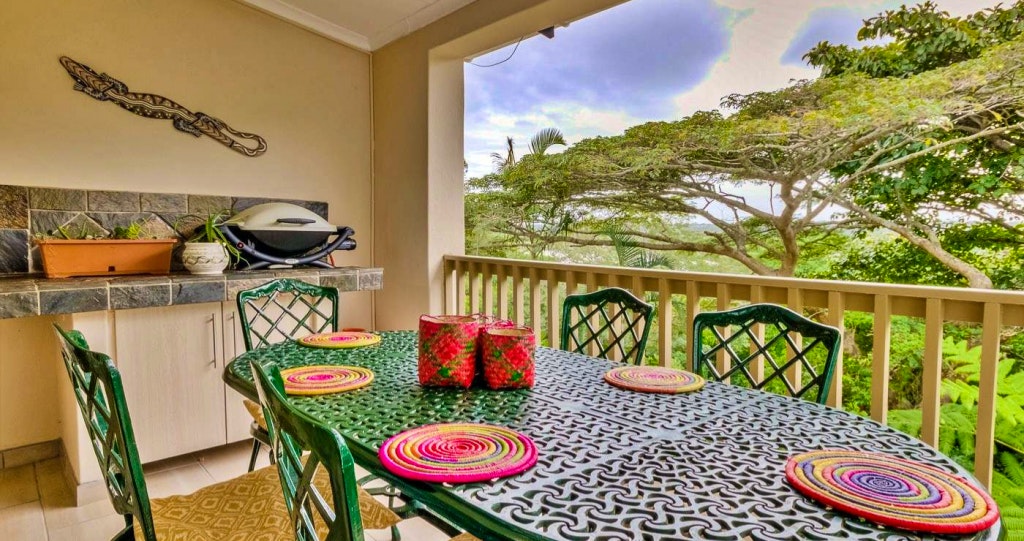
Vredefort Dome
Free State
Being both the oldest and largest meteorite impact site on earth, the Vredefort Dome at Vredefort in the Free State was declared a World Heritage Site in 2005.
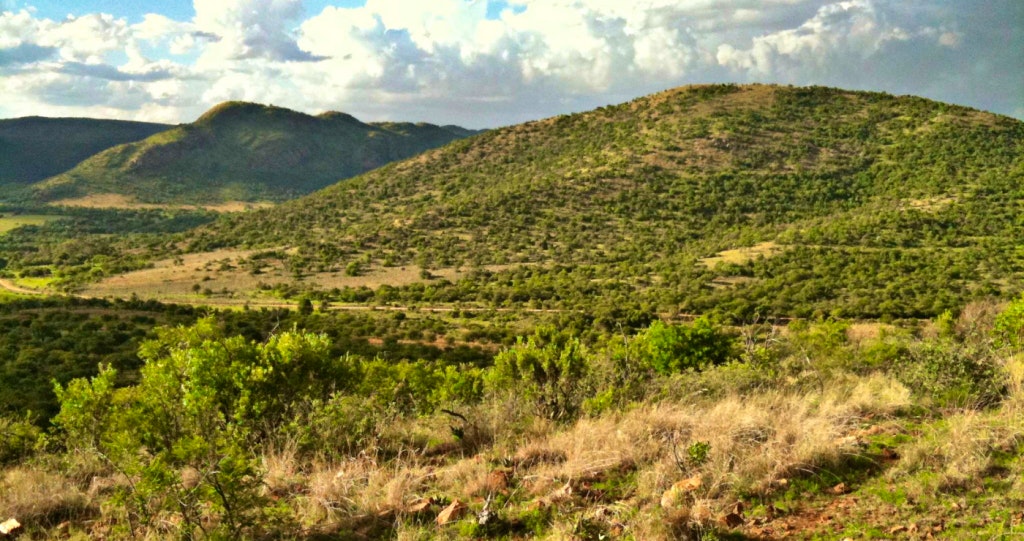
With a crater spanning 300 kilometres from Johannesburg to Welkom, this site is classified as an important research site for scientists and geologists and it is estimated that the crater must have been approximately ten kilometers across to have caused such an impact. Because the site is so large, it is not easy to see from a specific viewpoint and you might just find yourself inside of it without even realising, but no fear ─ there’s lots to keep the family busy at Vredefort. How about quad biking, horse trails, river rafting, hot-air ballooning, and ziplining to get your dome on? Or you can arrange a Dome Impact Tour with various tour guides to get the maximum experience.
While you’re near the dome, you’ll be in the vicinity of the lovely tourist town, Parys, and can stay in a beautiful family home, or on the banks of the Vaal River. You can pitch a tent in a holiday resort or stay at a family-friendly lodge with activities for all!
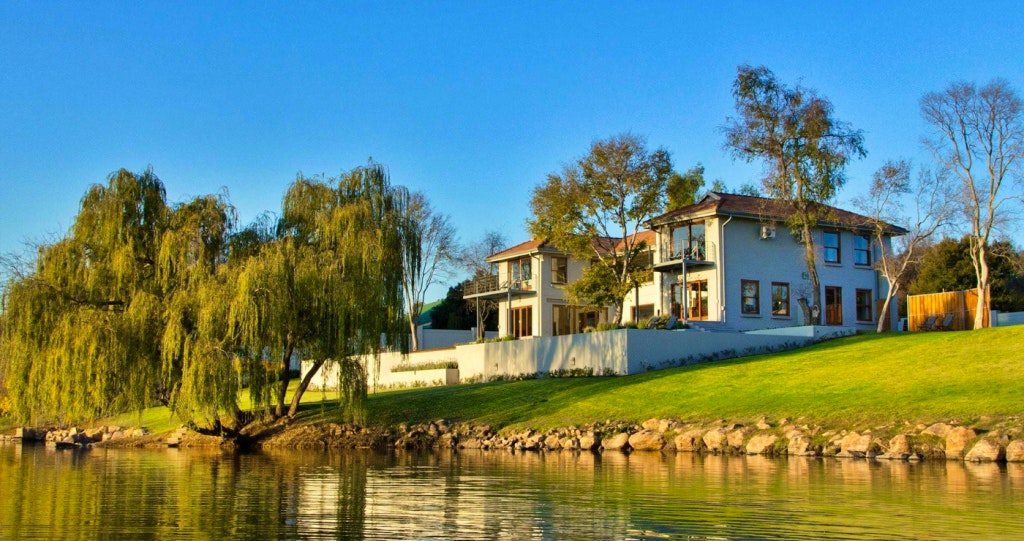
Barberton Makhonjwa Mountains Barberton
Mpumalanga
The Makhonjwa Mountains is South Africa’s latest addition to the World Heritage line-up, having been inducted in 2018. These mountains contain the oldest signs of life on earth and are therefore nicknamed “the Genesis of Life”. They also represent the best-preserved succession of volcanic and sedimentary rock dating back 3.6 to 3.25 billion years.
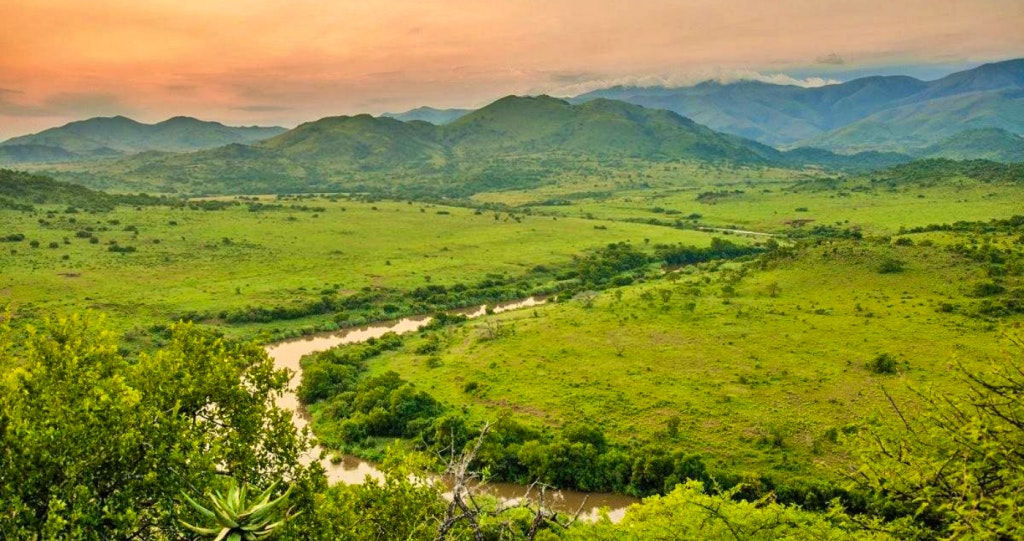
The Makhonjwa Mountains form part of Mpumalanga’s beautiful greenbelt region, so you might have visited them as a tourist in the past for their sheer beauty, instead of their heritage status, but now you’ll know that these striking formations have more than just a pretty face. They contain micro fossils dating back 3.1 billion years and show signs of early continent formation as there is proof of their linkage to Australia! Barberton, a rural town in this Lowveld region, is brimming with natural beauty, history and character and the mountains are also near the Kruger National Park, so it’s definitely worth a visit!
While you’re getting to know where our world got kick-started, why not relax at a four-star guest lodge, a self-catering cottage in nearby Baberton or go all-out and book an all-inclusive stay at a game lodge.
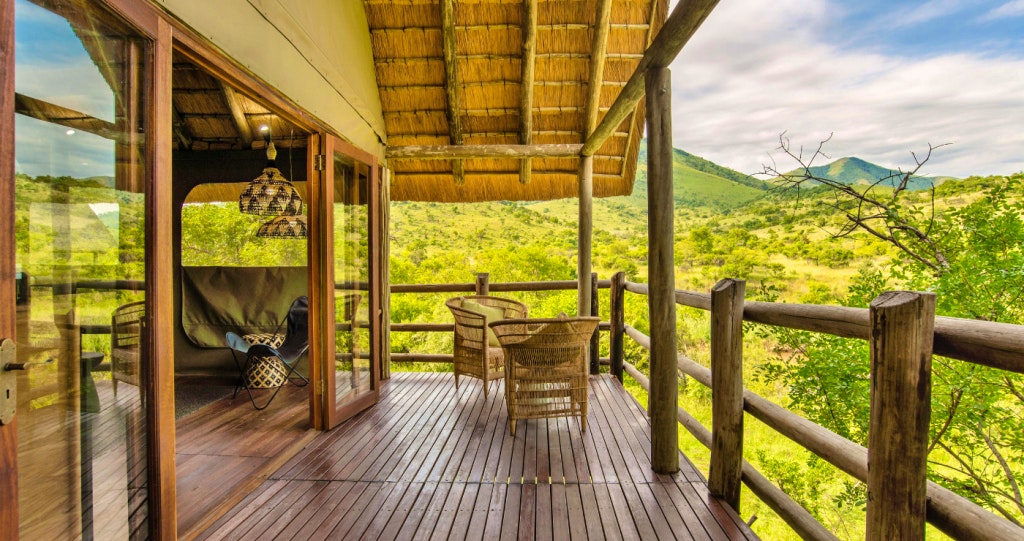
Mapungubwe Cultural Landscape
Limpopo
Mapungubwe means ‘place of the stone of wisdom’ and was declared a World Heritage Site in 2003 for its cultural significance as one of Ancient Africa’s biggest kingdoms.
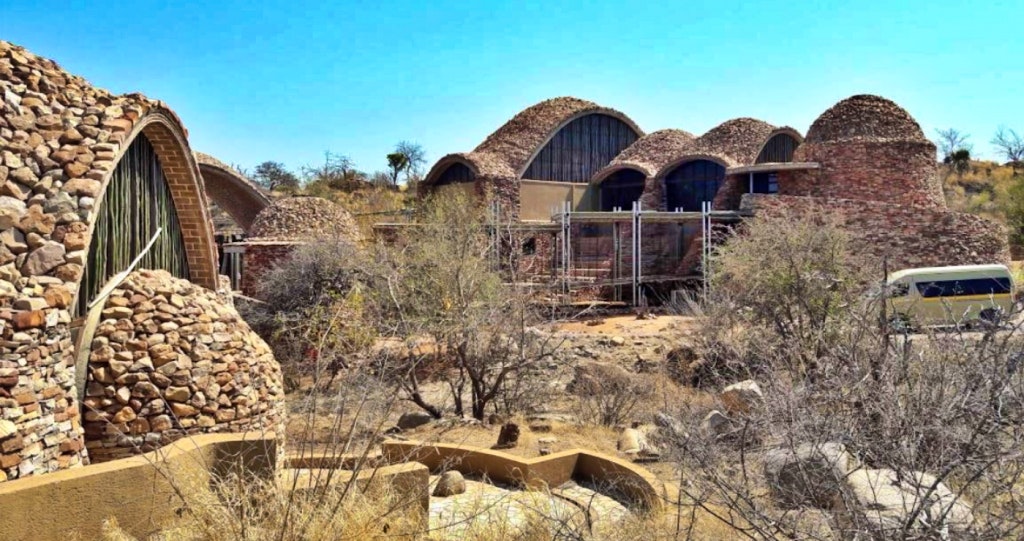
Located on the open savannah of what is now the Mapungubwe National Park, this kingdom was known for trading gold and ivory with China, India, and Egypt. Its most striking artefact and the trigger for its status as heritage site is the famous golden rhino that was discovered here displaying the wealth and style of the once-great kingdom’s rulers. Over a period of time, other golden animal artefacts have also been found at this heritage site and guests can view the remnants of the ancient kingdom when they’re visiting the park by going to the interpretation centre, housed in a building that won Building of the Year in 2009.
From a SANParks stay in the heart of the Mapungubwe National Park among sandstone hills and baobab trees, a tented camp on the banks of a river surrounded by various bird species, or a pool-side stay with an a la carte restaurant on the premises, if you’d like to see the riches of Mapungubwe, go for gold with a TravelGround getaway.
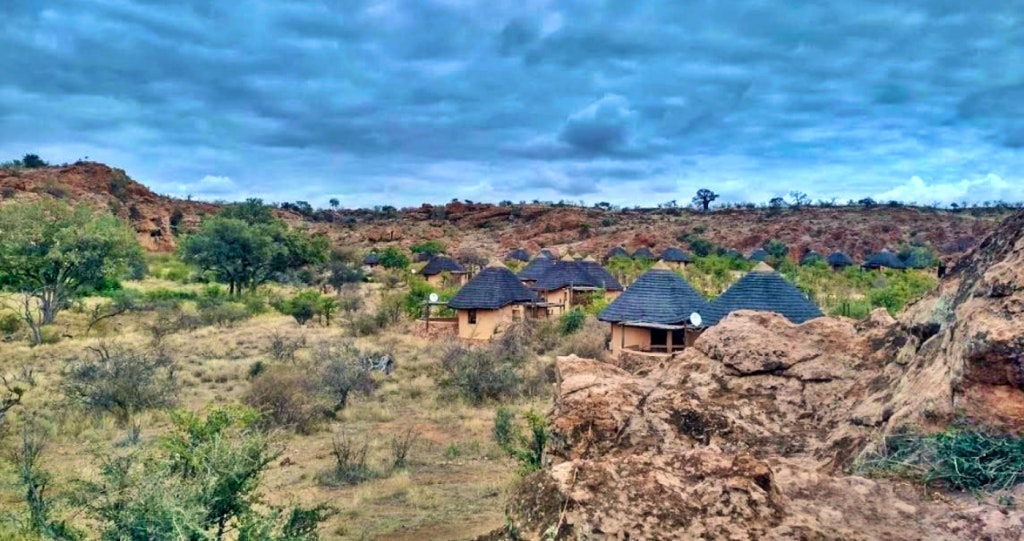
Maloti-Drakensberg Park
KwaZulu-Natal
The Maloti-Drakensberg Park was given World Heritage Status in 2000 for both its natural and cultural significance as it displays the combined works of nature and man.
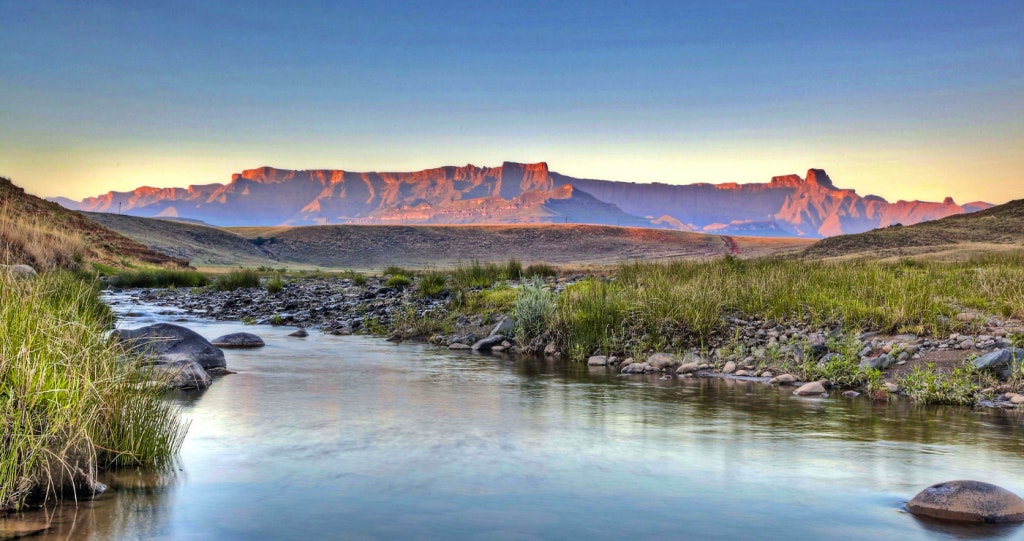
Set on the border of South Africa and Lesotho, this transboundary site encompasses the uKhahlamba Drakensberg National Park and the Sehlathebe National Park. The largest and most concentrated collection of rock art by the San people can be found in the park’s numerous caves and rock shelters and along its impressive rock formations. With its diversity of habitats, it is home to ecologically important species such as the Cape Vulture and the endangered bearded vulture and its waters are the only place the Maloti minnow is to be found. The park is also South Africa’s biggest supplier of water! Four rivers ─ The Mzimvubu, Orange, Bokspruit, and Mthatha rivers flow from this water source.
If you’re keen on visiting this cultural and natural treasure, you’ll be spoiled for choice of a place to stay. There’s a lodge near the iconic Sani Pass where game roam free and large fish are to be caught, an affordable family hotel with a restaurant and cave hikes on the premises, as well as a self-catering group stay complete with fireplaces and a patio with a view.
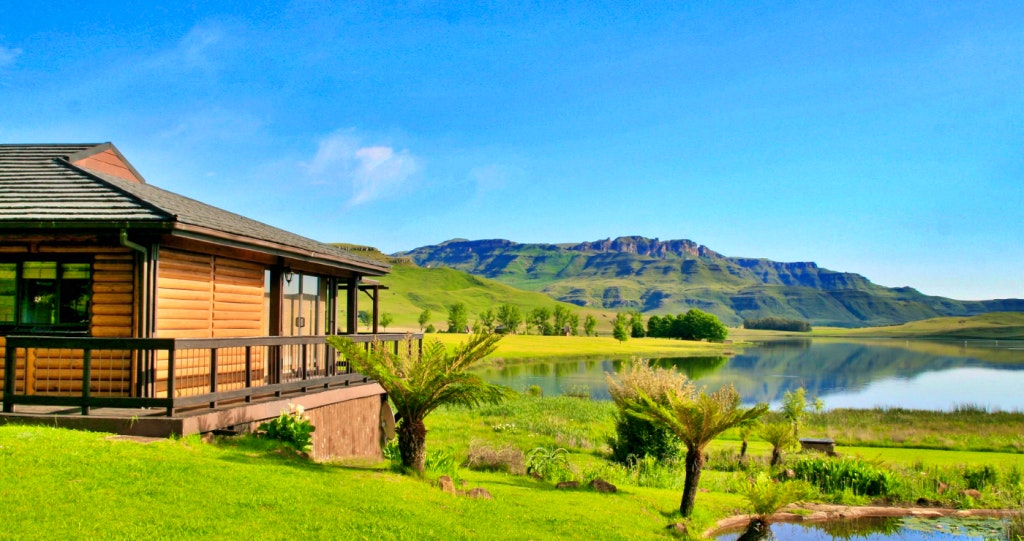
With so many internationally recognized reasons to get out and about in our country, why not visit these treasures and, while you’re at it, make a vacation of it!
Feature image: Witsieshoek Mountain Lodge (TravelGround)
This article was originally written by Altus Booysen and was revised by Adriëtte le Roux.

